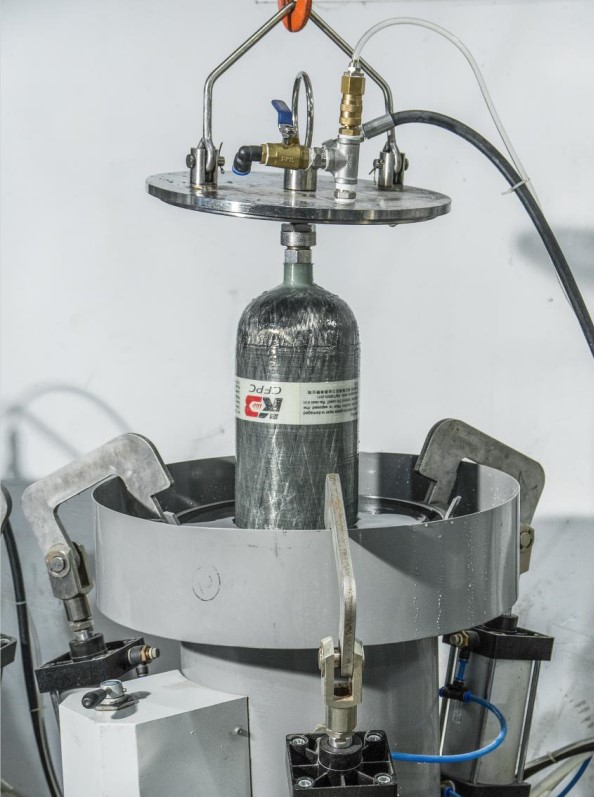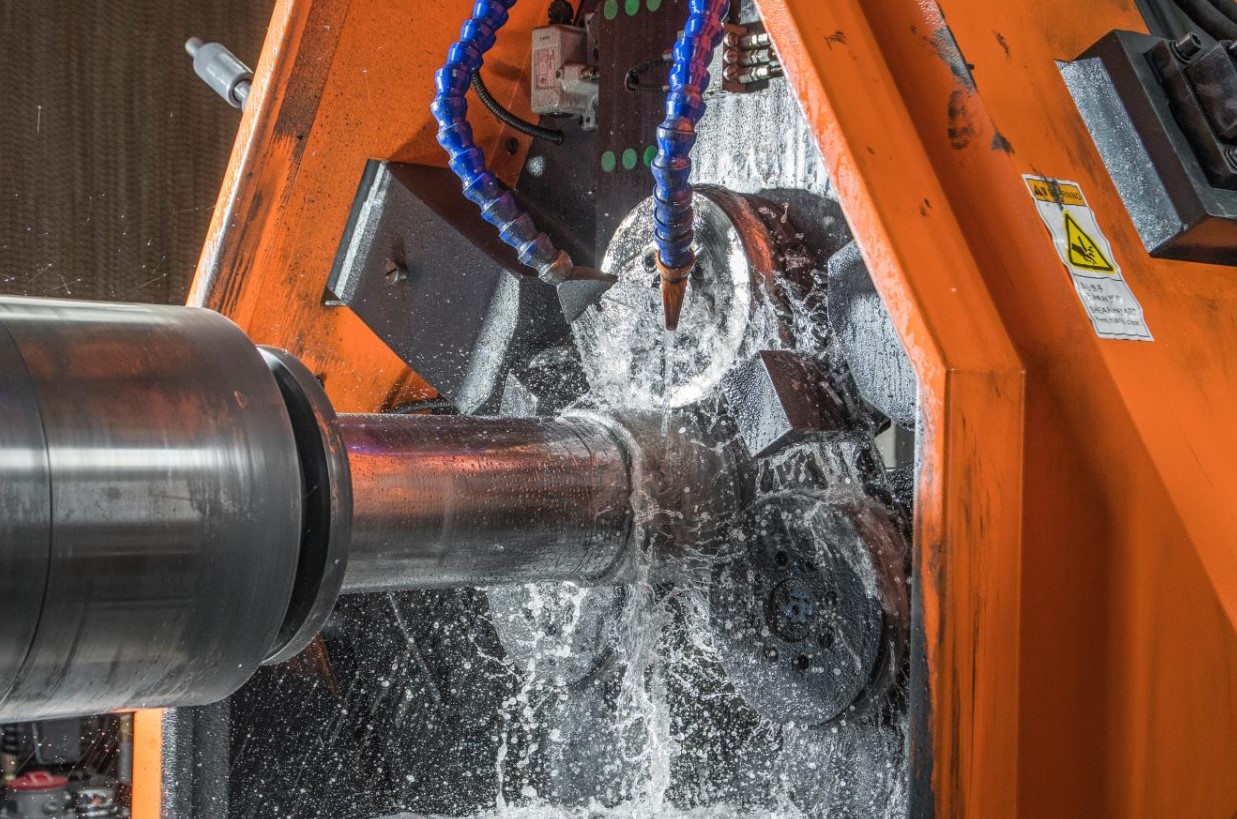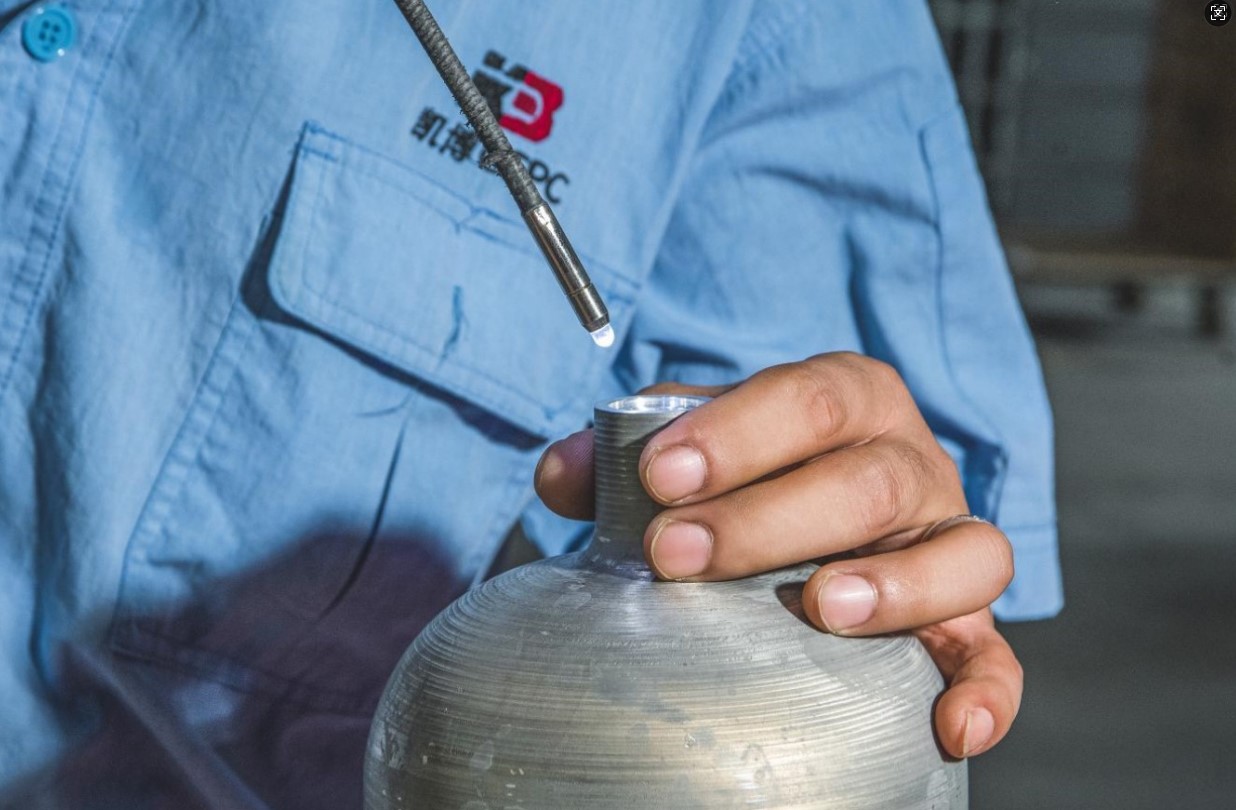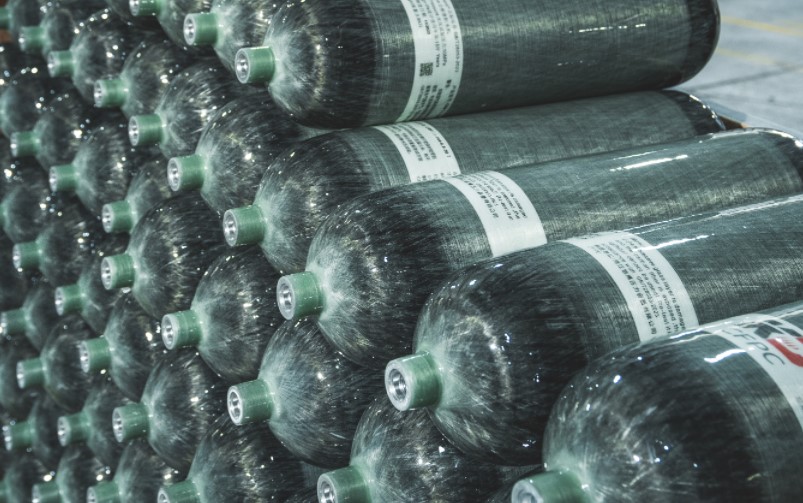Introduction
Carbon fiber cylinders are widely used in various industries, including firefighting, SCBA (self-contained breathing apparatus), diving, and industrial applications. One key factor for users is knowing how long a fully charged cylinder can supply air. This article explains how to calculate the air supply duration based on the cylinder’s water volume, working pressure, and the user’s breathing rate.
Understanding Carbon Fiber Cylinders
Carbon fiber composite cylinders consist of an inner liner, typically made of aluminum or plastic, wrapped in layers of carbon fiber for added strength. They are designed to hold compressed air at high pressures while remaining lightweight and durable. The two main specifications that influence air supply duration are:
- Water Volume (Liters): This refers to the internal capacity of the cylinder when filled with liquid, although it is used to determine air storage.
- Working Pressure (Bar or PSI): The pressure at which the cylinder is filled with air, typically 300 bar (4350 psi) for high-pressure applications.
Step-by-Step Calculation of Air Supply Duration
To determine how long a carbon fiber cylinder can provide air, follow these steps:
Step 1: Determine the Air Volume in the Cylinder
Since air is compressible, the total air volume stored is greater than the cylinder’s water volume. The formula to calculate stored air volume is:
For example, if a cylinder has a water volume of 6.8 liters and a working pressure of 300 bar, the available air volume is:
This means that at atmospheric pressure (1 bar), the cylinder contains 2040 liters of air.
Step 2: Consider the Breathing Rate
The duration of the air supply depends on the user’s breathing rate, often measured in liters per minute (L/min). In firefighting and SCBA applications, a typical resting breathing rate is 20 L/min, while heavy exertion can increase it to 40-50 L/min or more.
Step 3: Calculate Duration
The air supply duration is calculated using:
For a firefighter using air at 40 L/min:
For a person at rest using 20 L/min:
Thus, the duration varies depending on the user’s activity level.
Other Factors Affecting Air Duration
- Cylinder Reserve Pressure: Safety guidelines often recommend maintaining a reserve, typically around 50 bar, to ensure enough air for emergency use. This means the usable air volume is slightly less than the full capacity.
- Regulator Efficiency: The regulator controls air flow from the cylinder, and different models may affect actual air consumption.
- Environmental Conditions: High temperatures can slightly increase internal pressure, while cold conditions may decrease it.
- Breathing Patterns: Shallow or controlled breathing can extend air supply, while rapid breathing reduces it.
Practical Applications
- Firefighters: Knowing cylinder duration helps in planning safe entry and exit strategies during rescue operations.
- Industrial Workers: Workers in hazardous environments rely on SCBA systems where precise air duration knowledge is essential.
- Divers: Similar calculations apply in underwater settings, where monitoring air supply is critical for safety.
Conclusion
By understanding the water volume, working pressure, and breathing rate, users can estimate how long a carbon fiber cylinder will supply air. This knowledge is crucial for safety and efficiency in various applications. While calculations provide a general estimate, real-world conditions such as breathing rate fluctuations, regulator performance, and reserve air considerations should also be taken into account.
Post time: Feb-17-2025




